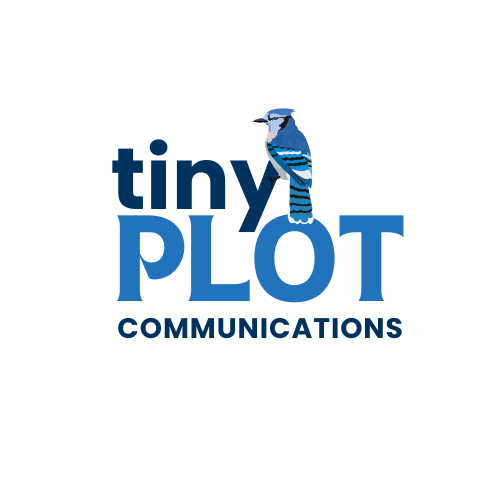The Negativity Bias is a cognitive bias that leads us to focus more on negative information than positive. This instinct is rooted in survival—our brains are wired to prioritize potential threats over rewards. Closely related to loss aversion, this bias drives our fear of losing what we already have whether that be our safety, options, beliefs, or even our way of life.
In storytelling, especially within nonprofit and advocacy work, it’s easy to fall into the trap of using negativity or turning to shock value. However, while highlighting the seriousness of an issue is important, relying too heavily on doom and gloom can leave your audience feeling helpless rather than motivated. Instead, applying a touch of optimism creates a more balanced approach can turn that awareness into action.
Here’s a formula for using negativity bias effectively in your storytelling:
- Start by zeroing in on a specific situation at a microlevel—a family, a single school, or an event. This makes the issue more relatable and tangible.
- Use the lived experiences of those directly impacted to guide the narrative. This personal connection helps readers empathize with the situation.
- Once the problem is clear, shift the focus to how it was resolved or offer a realistic solution. This gives the story a hopeful turn.
- Finally, empower your audience to take the next step. Whether it’s donating, volunteering, or simply sharing the story, a clear call to action ensures the story has a purpose beyond raising awareness.
By following this approach, you can acknowledge the power of negativity bias while ensuring your stories inspire positive change rather than paralyzing fear.

